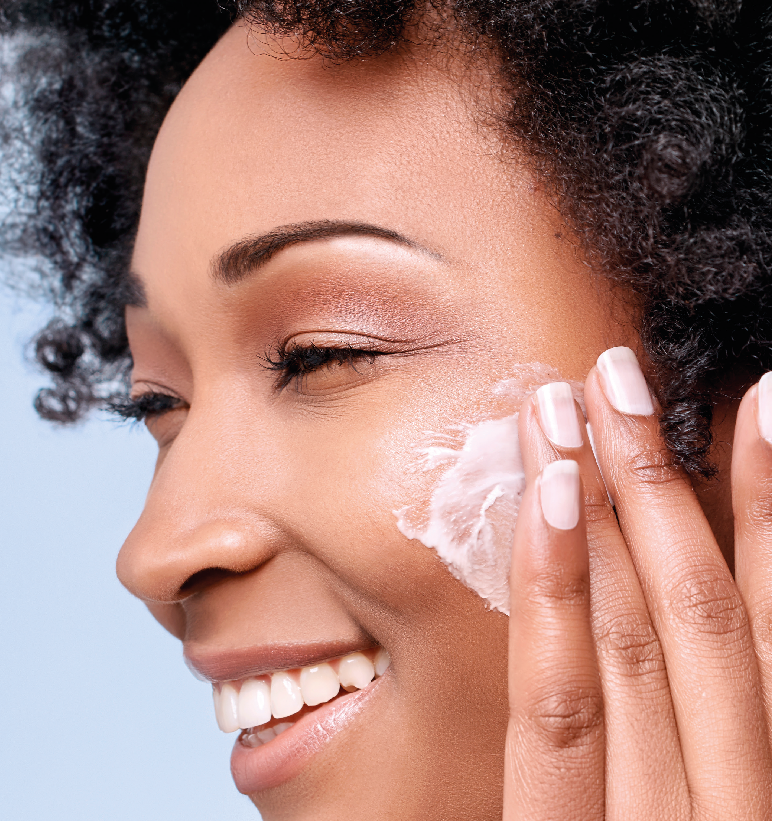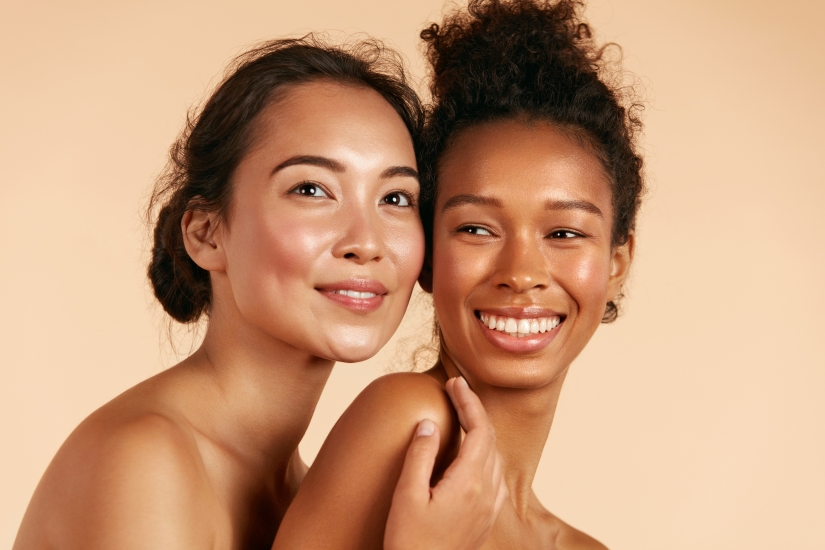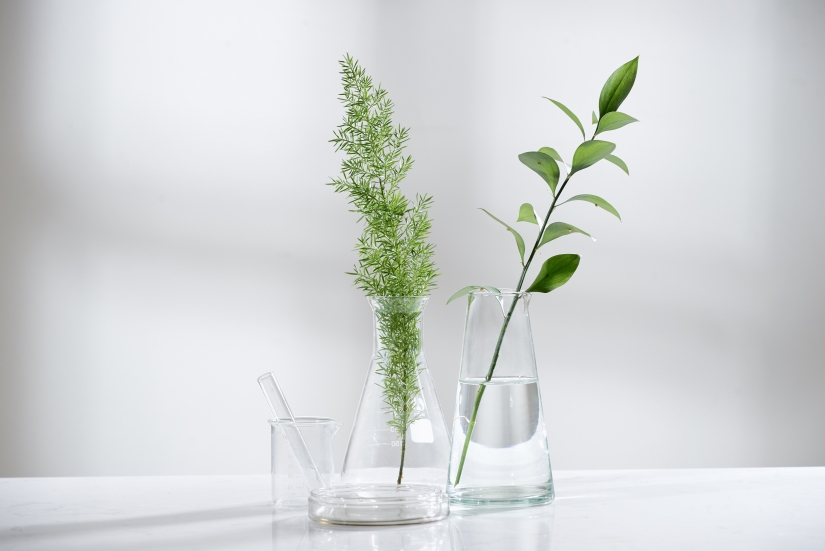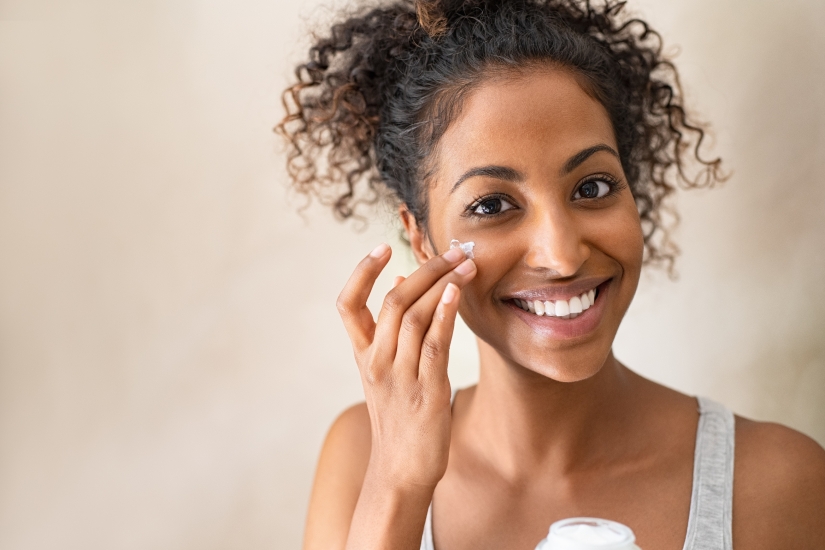Cruelty Free Beauty
- 4 signs you have low iron levels
- Zero Waste Beauty: Adopt a green routine with these sustainable products
- This eco-friendly beauty box is packed with refillable multi-taskers
- “I find myself using it even when I don’t need to!”
- Arctic-inspired natural skincare brand launches in the UK
- Green People launches beauty balm packaged in 100% biodegradable pot
- Lush launches same-day delivery service for its iconic handmade cosmetics
- “This cruelty-free tanning water gave me the confidence boost I needed”
- rho launches sustainable loungewear that gives back
- Rose & Caramel Raises Awareness For Women’s Self-Esteem & Mental Health With ‘I TAN FOR ME’ Campaign
- Couple launches entirely plant-based and refillable deodorant on Kickstarter
- View all
Eco Living
- Simple Hacks to Cut Your Food Waste with Gino D’Acampo
- Five Easy Ways to Reduce Food Waste
- Eat these foods to boost your mood
- Upgrade Your Cheese Toastie
- Have a healthy Christmas with these festive food swaps
- Omega-3 Health Benefits
- 5 minutes with Max La Manna
- A nutritionist’s guide to eating for healthy joints
- Easy ways to achieve your health goals
- Discover the benefits of raisins on a vegetarian diet
- Improve your gut health with California Raisins
- View all
Vegan Recipes
- Quorn Vegan Hot & Spicy Burger with Pink Slaw
- Tomato and Pumpkin Soup
- Pea and elderflower cocktail
- Matcha Coconut Ice Cream
- Vegan Lemon Bars
- Mango Salad with Thai Dressing
- Garden Gimlet
- Tofu & Green Beans Teriyaki
- Cornflakes Bombay
- Rainbow Pickle
- Soba noodles with kale and collards
- View all
Popular recipes
- Spinach and ricotta quiche vegetarian recipe
- Cheats mushroom and spinach lasagne vegetarian recipe
- Lentil bolognese vegetarian recipe
- Creamy mushroom stroganoff vegetarian recipe
- Malaysian Rendang curry vegetarian recipe
- Feta, Butternut Squash, Caramelised Onion and Cashew Nut Wellingtons
News
- M&S launches dairy-free yoghurts
- Warning For UK Shoppers Over Toxic Toys
- Barry M partners with wildlife charity for exclusive new collection
- Pure Heavenly launches vegan chocolate bars and advent calendars
- Caffe Nero launches plant-based menu options
- Bamigo’s bamboo clothing arrives in the UK
- NAILKIND Launches Natural Nail Colour Collection
- Pukka launches vegan pies to enjoy at home
- The Botanist Gin Has Teamed Up with Buck & Birch To Launch Limited Edition Cocktails
- Pukka is using your tea purchases to plant trees
- Charity provides free meals to children and families with surplus food
- View all
prebiotics and probiotics: do they affect our skin health?
We’re always told that bacteria is bad for our skin, right? Wrong! We examine the complexion-boosting world of pre- and probiotics...

BEST OF BOTH WORLDS
First of all, it’s worth noting the difference between the two. Probiotics are live bacteria that provide several benefits, such as helping to build a healthy immune system and fighting infections. Prebiotics, meanwhile, are dietary fibres that feed the friendly bacteria in our digestive system. Just as these help our gut microbiome – essentially a constellation of tiny living organisms – they can also benefit our skin microbiome.
We spoke to Dr Majid Shah, dermatologist and founder of Artistry Clinic, to find out more: “The skin microbiome is the invisible community of microorganisms, including bacteria, found at the skin’s surface. As the food for these bacteria, prebiotics are essential for a balanced and healthy microbiome, and glowing skin.
“There’s also a connection between gut and skin health. By targeting the gut microbiome and digestive system, probiotics help to balance and boost both your gut and skin health. Topical versions are known for their calming effects on the skin by harnessing a surge of good bacteria to help cells flourish.”
When it comes to probiotics, these create a sort of shield that can improve your skin’s ability to protect itself from environmental stressors that lead to pigmentation and wrinkles. It also helps to create a block for bacteria that could lead to blemishes, soothes irritated skin by reducing inflammation, and balances your complexion.
“Using topical solutions that work directly on the surface of the skin provides a layer of protection and prevents irritants or unhealthy bacteria from coming into contact with the skin,” Dr Majid says. “In fact, this kind of bacteria is responsible for skin conditions such as rosacea, eczema and acne.”
Prebiotics, meanwhile, can be considered as food for the skin. They act as the ‘fuel’ that the good bacteria – the probiotics – need to thrive. This essentially creates a healthier environment for the probiotics to grow in, and boosts their ability to protect your skin.
GET THE GLOW
Now, you may be wondering where these magical little microorganisms are derived from, and the answers might surprise you. Probiotics are found in foods such as yoghurt, kimchi and kefir, while prebiotics are found in garlic, onions, barley, asparagus and flaxseed. Some of these plant extracts go through a fermentation process to create healthy bacteria-packed skincare products such as serums and moisturisers. Prebiotic plant sugars such as xylitol and fructooligosaccharides (what a mouthful!) are also potent sources of prebiotics and natural hydrators that may be utilised for skincare products.
Whilst the concept of friendly bacteria in the skincare industry is still relatively new, with increasing awareness about the importance of these beauty boosters, this is one trend that we certainly don’t see going away anytime soon. Better yet, both probiotics and prebiotics are suitable for all skin types, and are particularly beneficial to people who are prone to inflammation.
Want to try bacteria-boosting products yourself? “Healthy skin starts with a good cleansing product,” Dr Majid says. “Formulations enriched with probiotics and prebiotics guarantee clean skin thanks to their antibacterial action, whilst being gentle with all skin types, even sensitive ones. I would then suggest using a highly-concentrated serum to improve radiance – this is down to the probiotic activity that stimulates cell renewal whilst fighting the bad bacteria present in the skin microbiome. This should always be combined with a hydrating face cream to nourish the skin and even out the complexion for a luminous and glowing appearance.”
CRUELTY-FREE FORMULAS TO FEED YOUR SKIN
Eminence Organic Skin Care Clear Skin Probiotic Cleanser, £32, theskinsmith.co.uk
Seahorse Plankton + Bright Eyes Probiotic Serum, £20, beautykitchen.co.uk
Gallinee Prebiotic Youthful Serum, £44.95, beautybay.com
Aurelia Probiotic Skincare Cell Revitalise Day Moisturiser, £22, feelunique.com
More from Cruelty Free Beauty

Fussy is 100% plant-based and packaged in sugarcane waste

A well-balanced diet is essential to your child’s growth, so what does this mean for plant-based parenting?

How to achieve an all-over, flawless tan at home
ADVERTISEMENT FEATURE

Understanding the marketing trend and how you can easily avoid it

These formulas are kind on your skin and the planet
ADVERTISEMENT FEATURE




